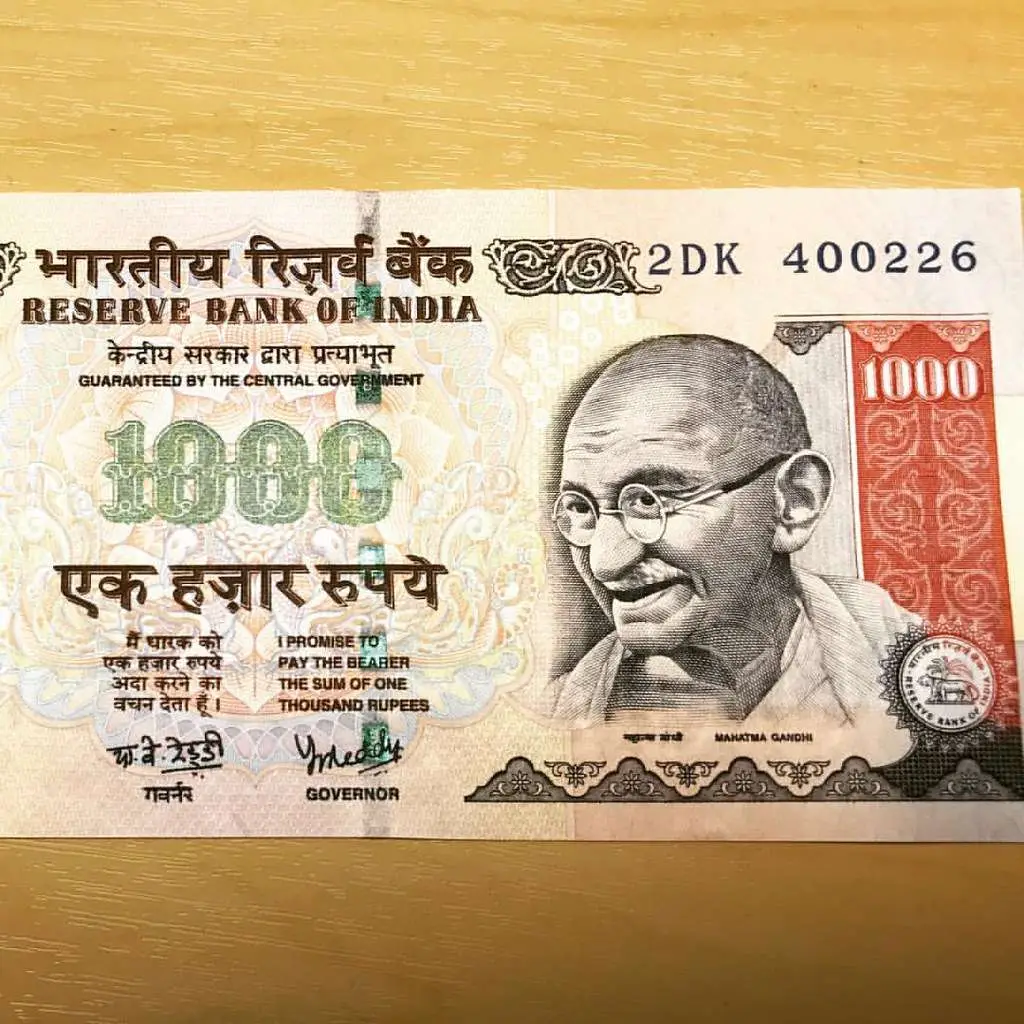RBI’s 2025 repo rate cut lowers loan costs, spurring digital finance growth and wallet transactions across India’s economy.
RBI’s Rate Cut Sparks Digital Finance Surge in India
The Reserve Bank of India’s (RBI) 25 basis point repo rate cut—the first in five years—is set to revitalize India’s economy in 2025. By reducing borrowing costs, the move aims to accelerate credit flow, particularly benefiting digital finance platforms and wallet-based transactions. With inflation easing to 4.3% and GDP growth slowing, this strategic cut targets SMEs, homebuyers, and consumer spending—key drivers of India’s digital payment ecosystem.
How the Rate Cut Benefits Digital Finance & Wallets
- Cheaper Loans for SMEs
- Rate drop: 6.5% → 6.25%
- Impact: Lower EMIs for business loans, enabling digital lenders to disburse 15–20% more credit (Economic Times).
- Boost to Wallet Transactions
- Reduced interest rates encourage BNPL (Buy Now, Pay Later) adoption via UPI-linked wallets.
- Projected 12% rise in wallet-based spends for big-ticket purchases.
- Housing Loan Relief
- Home loan rates dip to 6.95%, spurring demand for property-linked wallet investments.
Sectoral Growth Post-Rate Cut
| Sector | Rate Cut Impact | Digital Finance Link |
|---|---|---|
| SMEs | 3% lower borrowing costs | More working capital via digital loans |
| Real Estate | 5% rise in home sales | Wallet-based down payments surge |
| E-commerce | 1.5% higher consumer spending | BNPL wallet transactions grow |
RBI’s Strategy: Fueling a Digital-First Economy
The Monetary Policy Committee’s (MPC) decision aligns with India’s digital finance expansion goals:
- UPI 2.0 integrations for SME credit lines
- CBDC (Digital Rupee) trials to streamline wallet interoperability
- Incentives for fintechs offering low-rate wallet loans
Expert Insight:
*”This cut will push 30M+ SMEs toward digital lenders, reducing cash dependence,”* says Rahul Sharma, Fintech Analyst (Reuters).
Challenges & Risks
- Inflation rebound risk if credit demand overheats
- Wallet security concerns with rising transaction volumes
- Regulatory gaps in BNPL oversight
What’s Next for India’s Digital Economy?
The RBI’s rate cut is a catalyst for India’s finance digitization, with three key outcomes:
✅ Higher wallet usage for loans and payments
✅ SME adoption of digital credit platforms
✅ Stronger integration between banking and UPI wallets
For more, explore INDwallet.com today.
